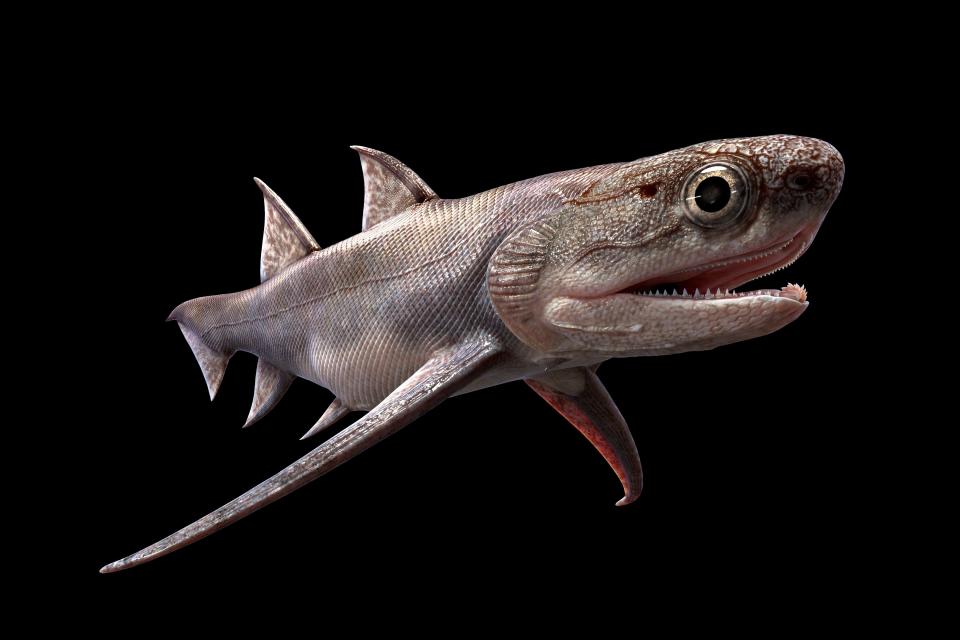Fish fossils found in China include the oldest teeth ever discovered
Paleontologists unearthed fish teeth that are 14 million years older than any other teeth found from any species – and the discovery could rewrite our understanding of early evolution.
Four studies published Wednesday in the peer-reviewed journal Nature detailed research on a trove of fish fossils that were found in China in 2019 and included illustrations of never-before-seen species. The findings, which could help trace the origin of jaws, suggest jawed fish are tens of millions of years older than had been known and shed light on an era from which there are very few fossils to study.
Found among the wide range of "superbly" preserved fossils was the whole body of a jawless fish, a rare find that offers clues to how ancient fins evolved into limbs. A boomerang-shaped fish was the most common fossil found in the two deposits, Erik Ahlberg of Sweden’s Uppsala University, an author of one of the studies, told The Associated Press.


A man found dinosaur bones in his yard.It could lead to largest skeleton ever found in Europe.
76 million-year-old dinosaur skeleton in 'pristine' condition auctioned in NYC
Scientists believe fish evolved to have teeth and jaws during the Silurian period more than 400 million years ago. With a set of chompers, fish ditched their former fellow bottom feeders to be hunters of prey. Millions of years ago, these jawed fish crawled out of the seas and paved the way for the vertebrates we see on land today.
See what these ancient creatures looked like, according to scientists.




Camille Fine is a trending visual producer on USA TODAY's NOW team.
Contributing: The Associated Press
This article originally appeared on USA TODAY: Ancient fossilized fish found in China help trace the origin of jaws


